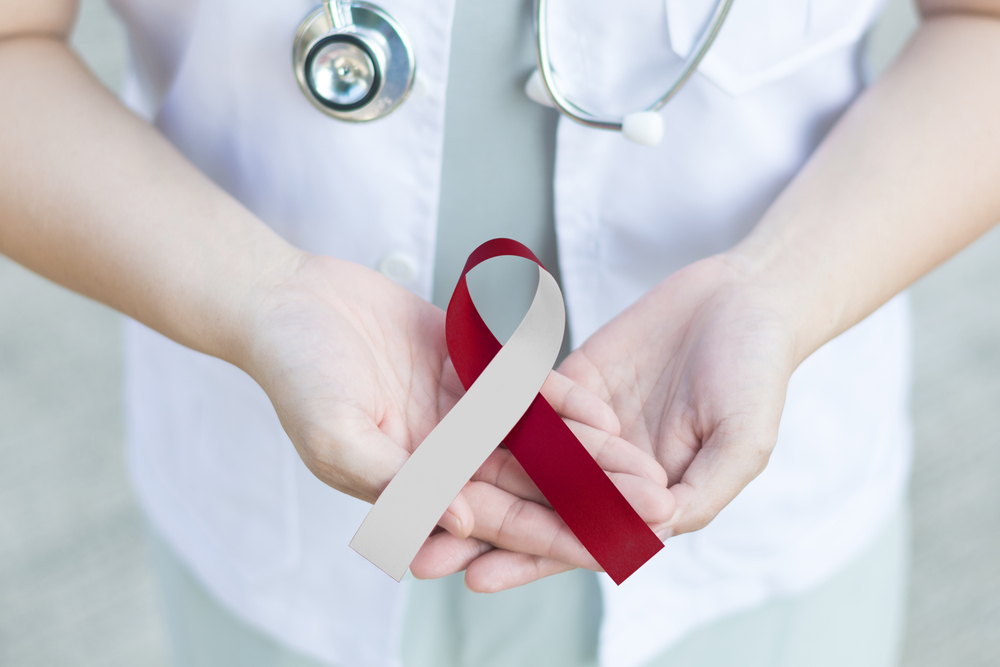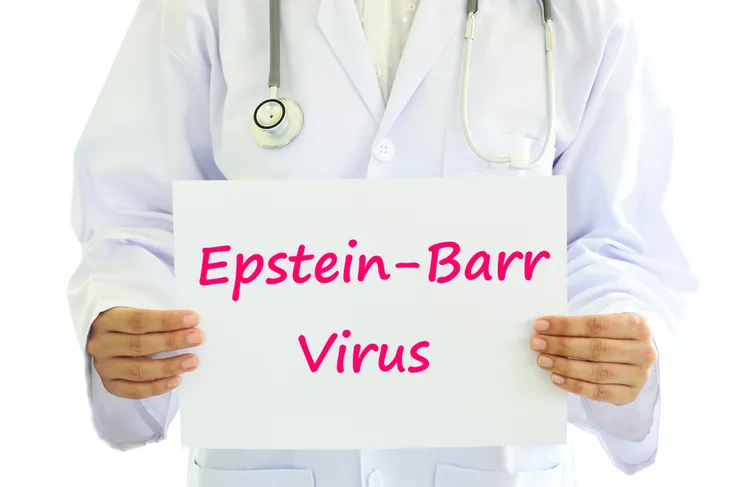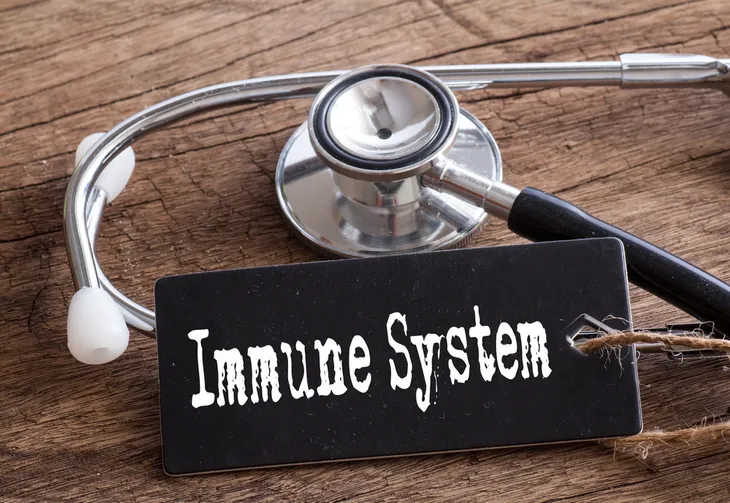The term “head and neck cancer” refers to various types of cancers affecting several key parts of this general area of the human body, including the mouth, nose, and throat. Cancers that emerge here typically begin their development in the cells lining the wet mucosal exterior inside the head and neck; for example, the salivary glands in the throat and mouth.
Many of the cancers that begin in the head and neck are caused by excessive or long-term use of alcohol and tobacco, with some experts suggesting that three in four cancers are caused by these two substances alone. However, these are highly complex regions of the body and cancer can result from several sources. Let’s take a quick look at some common causes of head and neck cancer.
Alcohol Consumption
When we think of health problems caused by excessive alcohol consumption, we tend to think about the liver, which is the organ responsible for filtering the alcoholic beverages we consume. But, excessive alcohol consumption also affects the head and neck, specifically the mouth, throat, and larynx.
In fact, health experts indicate that people who drink roughly three to four alcoholic beverages each day double or even triple their chances of developing head and neck cancer. Keep in mind that the chance of developing cancer in these areas is only magnified if the individual is a regular user of tobacco.
Tobacco Use
Many tobacco users develop breathing problems as time goes on, but it’s not just the lungs that are harmed by regular tobacco consumption. If you smoke tobacco (through cigarettes, cigars, or pipes) you’re also doing serious harm to areas of the head and neck, particularly the throat and mouth. According to Cancer.net, it’s the single largest risk factor for head and neck cancer. It is the cause behind about 85-percent of all cases. Even secondhand smoke can increase a person’s risk.
Of course, it’s not just smoking tobacco that presents problems. Chewing tobacco is also a huge health issue, as it can lead to the emergence of several types of mouth cancer. Using snuff, meanwhile, can cause cancer to emerge in the areas around the nose, including the sinuses. In short, tobacco use is a huge contributor to the development of head and neck cancer and should be avoided.
HPV
The human papillomavirus (HPV), especially HPV type 16, can lead to various types of head and neck cancer once an infection takes place. Of those areas most affected, the tonsils and base of the tongue are most prevalent.
Currently, doctors in the United States are seeing a significant increase in the number of cases involving HPV and oropharyngeal cancers or cancers affecting the tonsils and tongue. To protect yourself against HPV, consider getting the HPV vaccine, which can also protect against relevant cancers affecting the genitals, such as cervical cancer and penile cancer.
Paan
Paan, which is also known as betel quid, is very popular in Asia, particularly in India. It is a substance made from the combination of betel leaf, areca nut, and in some cases, tobacco. When brought together, these substances can be chewed to produce psychoactive effects, including feelings of euphoria.
Unfortunately, paan is highly addictive and comes with a variety of health consequences, the least of which involve the staining of the teeth and gums and excessive saliva production. The more significant health problems associated with paan use include dramatically increased risk of developing cancers in the mouth and throat. Paan should be considered roughly equal to chewing tobacco in terms of its cancer risk.
Salted and Preserved Foods
When we think of the dangers associated with eating a lot of preserved and salty foods, such as canned goods or packaged meat, we tend to focus on how it affects the heart and circulatory system. After all, excessive consumption of sodium, or salt, can lead to clogged arteries, which places extra pressure on the heart and can significantly weaken this key organ over time.
However, salted and preserved foods also present cancer risks in the head and neck regions of the body. In fact, evidence suggests that consuming a lot of preserved or salty foods during the early stages of life can significantly increase one’s chances of developing nasopharyngeal cancer, which starts in the throat and can spread throughout this area of the body in time.
Poor Oral Hygiene
Failing to take oral hygiene seriously can result in a number of health problems, including stained, cracked, and unsightly teeth and bleeding gums. These issues can result in lots of pain and general discomfort in the short term and far more serious problems in the long term, including mouth and throat cancers.
To limit your chances of developing these issues, be sure to brush and floss your teeth every day and visit your dentist at least twice each year. Regular dental check-ups can also help your dentist identify and target oral cancers during the early stages of development, thereby increasing chances of recovery.
Exposure to Airborne Substances
Being exposed to dangerous airborne substances, such as asbestos and synthetic fibers, can dramatically increase your chances of developing certain head and neck cancers, including nasopharyngeal cancer, which typically emerges in the throat and spreads from there.
For that reason, people working in industries with exposure to hazardous airborne substances should regularly speak to their doctor about receiving examinations to monitor for the signs of nasopharyngeal cancer. This would include individuals working in the construction, metal, textile, ceramic, logging, and food industries.
Genetics
As is the case with many health threats, your risk of developing head and neck cancer is partly based on your family history. In other words, if members of your immediate family have been diagnosed with cancers in the mouth, throat, and/or nose, you will want to have a serious conversation with your doctor about your own risk of developing these cancers.
It should also be noted that people of Chinese ancestry are particularly vulnerable to nasopharyngeal cancer, which tends to emerge in the throat before spreading to other parts of the head and neck.
Prolonged Sun Exposure
We commonly associate tanning (fake or real) or too much sun exposure with skin cancer, but it can also put people at risk for head and neck cancer or skin cancer in these areas. Cancer Treatment and Centers of America says sun exposure may increase the risk of lip and oral cancers. This is mainly because these are the two body parts that are so often exposed to the sun. Cancer.net writes, “This is especially linked to cancer in the lip area, as well as skin cancer of the head and neck.”
Epstein-Barr Virus (EBV)
Certain illnesses can put people at a higher risk for developing head and neck cancer. In addition to HPV, the Epstein-Barr virus, more commonly known as the virus that causes mononucleosis (“mono”) can cause cancer, says Cancer.net. It has been linked to nasopharyngeal cancer. The National Cancer Institute also backs this up by writing, “Infection with the Epstein-Barr virus is a risk factor for nasopharyngeal cancer and cancer of the salivary glands.”
Gender and Age
As with many illnesses, age is one of the big risk factors of head and neck cancer. According to Cancer.net, people over the age of 40 are at a higher risk than those who are younger. It’s also more likely that men will develop these types of cancer than women. In fact, men are two to three times more likely to be diagnosed with head and neck cancer, but the source also notes that the rates among women have been rising for several decades.
Radiation Therapy
Radiation is often used to destroy cancer, so how can it cause cancer at the same time? Unfortunately, radiation near the head or neck as a treatment for “non-cancerous conditions or cancer, is a risk factor for cancer of the salivary glands,” says the National Cancer Institute.
Cancer Treatment Centers of America also reinforces this by writing, “High doses of radiation therapy, particularly administered in the head and neck region, may increase the risk of developing this type of cancer.”
Not Enough Vitamin A or B
Good nutrition plays a huge role in overall health. In order to reduce our risk of all cancers, people should eat healthy and exercise regularly. While it’s not ever a surefire way to prevent cancer, it can reduce the risk. Cancer.net points out that poor nutrition is yet another risk factor for head and neck cancer, particularly people who eat a diet low in vitamin A and B.
Weak Immune System
Among many, many other risk factors for head and neck cancer, WebMD lists a weak immune system as one of the potential causes. A weakened immune system puts us at risk for not only getting sick every now and then with a head cold or the flu, but it also puts us at risk for more serious illnesses, such as cancer.

















